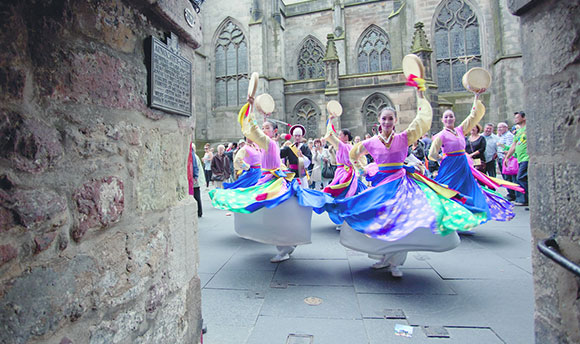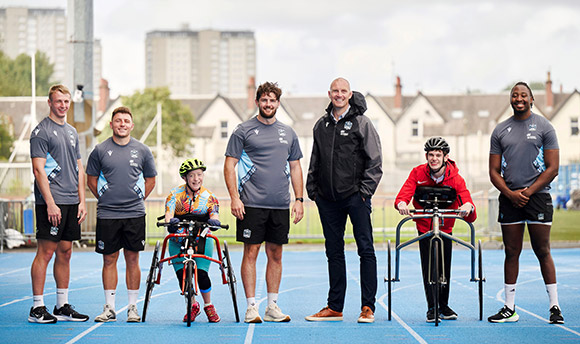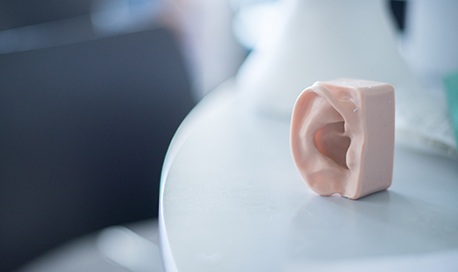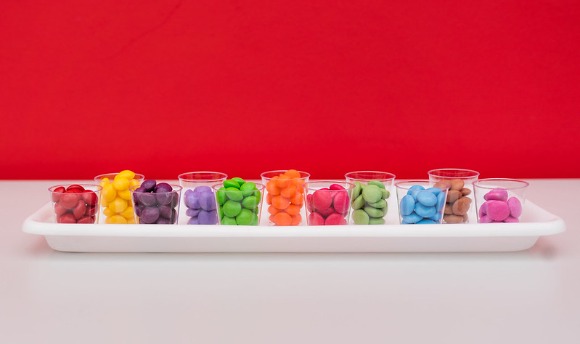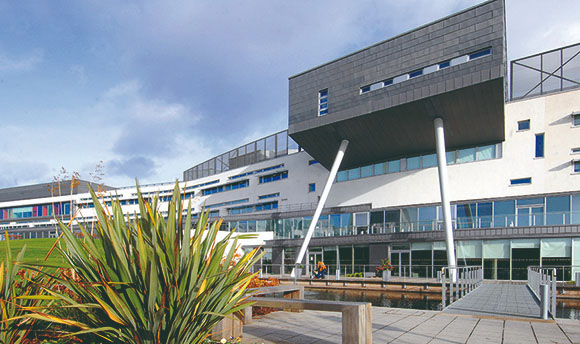Dr Joan Ma
The Clinical Audiology, Speech and Language Centre at QMU has a long history of research of ultrasound in speech production
In 2021 Dr Joan Ma from the division of Speech and Hearing Sciences and Clinical Audiology, Speech and Language Centre (CASL) was awarded an Innovation Fellowship in 2021to carry out a project entitled Ultrasound evaluation of swallowing – the development of a biomarker In 2022 she was granted further funding to continue the project and develop a Pilot study on the clinical utility of ultrasound evaluation of swallowing
Instrumental assessment of swallowing is an important tool for the clinical assessment of swallowing function by a speech and language therapist (SLT). The Covid-19 pandemic had restricted the SLT access to traditional tools such as videofluoroscopy (x-ray of swallowing) and fibreoptic endoscopic examination of swallowing as these procedures were classified as aerosol-generating and increase the risk of disease transmission. This intensified the development of ultrasound as an adjunct tool for the clinical evaluation of swallowing.
.Dr Joan Ma and her colleague, Prof Alan Wrench, had conducted pilot work in applying their knowledge in ultrasound to the evaluation of swallowing by developing a reliable recording protocol, identifying a possible biomarker and developing an automatic tracker for data analysis in the last few years.
Dr Joan Ma has been awarded a QMU Innovation Fellowship to investigate the use of hyoid bone movement as the biomarker in the ultrasound evaluation of swallowing and to continue to develop the application of machine learning to the analysis process. The outcomes of the fellowship will accelerate the translation of the novel use of ultrasound assessment of swallowing into the clinical practice of SLTs.
Through a previous QMU Innovation Fellowship (2021-22), a reliable method of collecting ultrasound swallowing data was established, and automatic tracking of biomarkers, including the mandible, tongue and hyoid was developed. The team has been awarded another QMU Innovation Fellowship, and the focus of this year’s project will initiate the development of “UltraSound Evaluation of Swallowing” (USES) towards the key steps of clinical implementation.
As the current data acquisition protocol is established based on healthy individuals, a feasibility study will look at possible adaptations required in using the protocol on individuals with movement disorders. Once we have established a reliable protocol for the clinical population, we will conduct pilot studies with our current clinical partners and compare USES to the current standard swallowing assessments such as VFSS or FEES.
This project will also support the development of new clinical partnerships, exploring the potential of this new tool and moving towards clinical implementation of USES.
Learn more on the Swallow Vision website.

